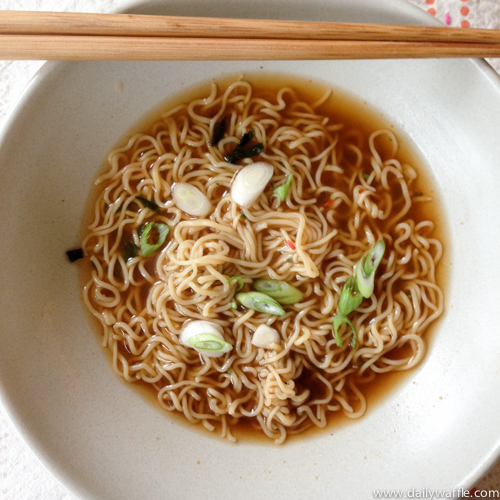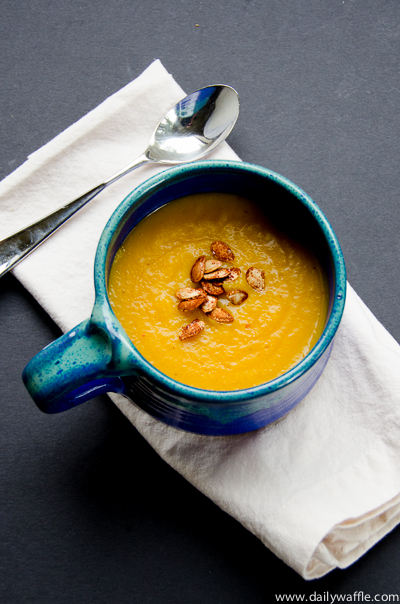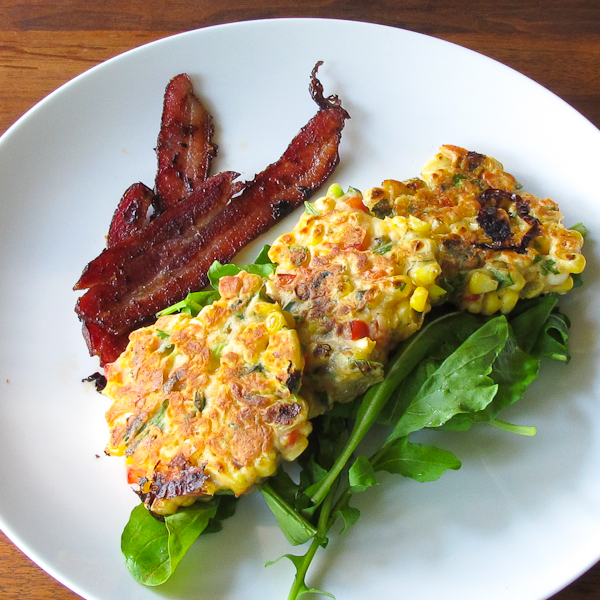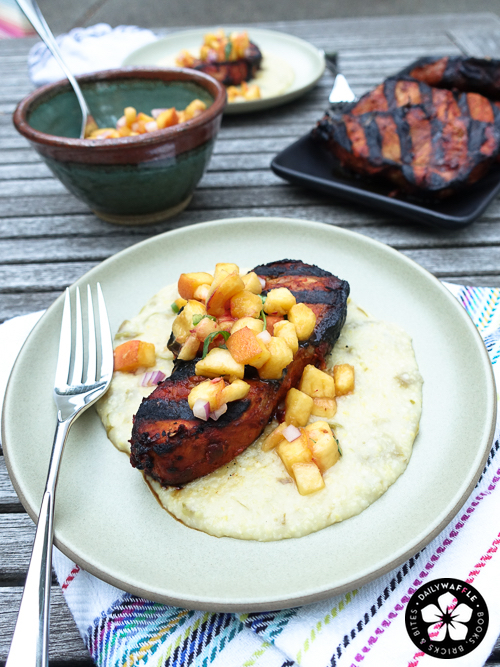 Ramen is going through something of a renaissance, a resurgence. Whether on the kitschy side with ramen burgers or the explosion of ramen joints in NYC, most notably Ivan Ramen on the Lower East Side, the food world is paying attention again to those squiggly noodles in broth. And for the first time in years, we’re seeing new entrants to the ramen market on grocery store shelves, like Lotus Foods’ Rice Ramen.
Ramen is going through something of a renaissance, a resurgence. Whether on the kitschy side with ramen burgers or the explosion of ramen joints in NYC, most notably Ivan Ramen on the Lower East Side, the food world is paying attention again to those squiggly noodles in broth. And for the first time in years, we’re seeing new entrants to the ramen market on grocery store shelves, like Lotus Foods’ Rice Ramen.
Ramen’s resurgence has been a slow burn. In 2011, ramen was featured in the very first issue of Lucky Peach, with David Chang documenting his process to find just the right noodle for Momofuku Noodle Bar and putting Sun Noodle on the map. Countless other restaurants have followed suit, working with Sun to create their own ramen noodles.
While the resurgence is encouraging people to try their hands at ramen at home, dried packaged ramen remains relegated to the cheap college food category. It’s a dismissal that makes me crazy.
It’s true, standard dried packaged ramen is a delicious sodium bomb. Even if you can get past the sodium and MSG, another thing holding some people back is the noodles are made from wheat. While rice noodles have been a staple in other Asian soups, ramen has always been wheat. Until now.
Lotus Foods recently came out with a line of ramen noodles made from rice. Gluten-free and made with non-GMO ingredients, the ramen is available in three varieties — forbidden, jade pearl and millet and brown rice. All come with a powdered miso soup flavoring packet. The good news is that the soup packet ingredients are recognizable (and pronounceable), including white miso, salt, white or red onion, tamari, soybean, and dried parsley.
Millet and Brown Rice was my favorite of the three. Visually, it’s the closest to a standard bowl of packaged ramen and the miso packet also includes identifiable shreds of seaweed and red pepper (listed as chili powder), so it’s got a little bit of a kick.
As usual with rice noodles, they give off a fair amount of starch when boiled. There’s a fine line between al dente and goopy, so pay attention and err on the side of cooking them for slightly less time than the four minutes directed for the jade pearl and forbidden rice versions. I also prefer to pour off the cooking liquid and quickly boil fresh water for the broth. It’s an extra step, but it produces a cleaner eating soup and allows you to control how strong or weak you want your broth.
Portion size is a little small compared to standard dried ramen (also note that the nutritional info is for ½ a ramen brick with seasoning), so view this as a snack or plan on making two packages per person.
Available at Whole Foods (locally $1.99 each) or via Lotus Foods online store.





